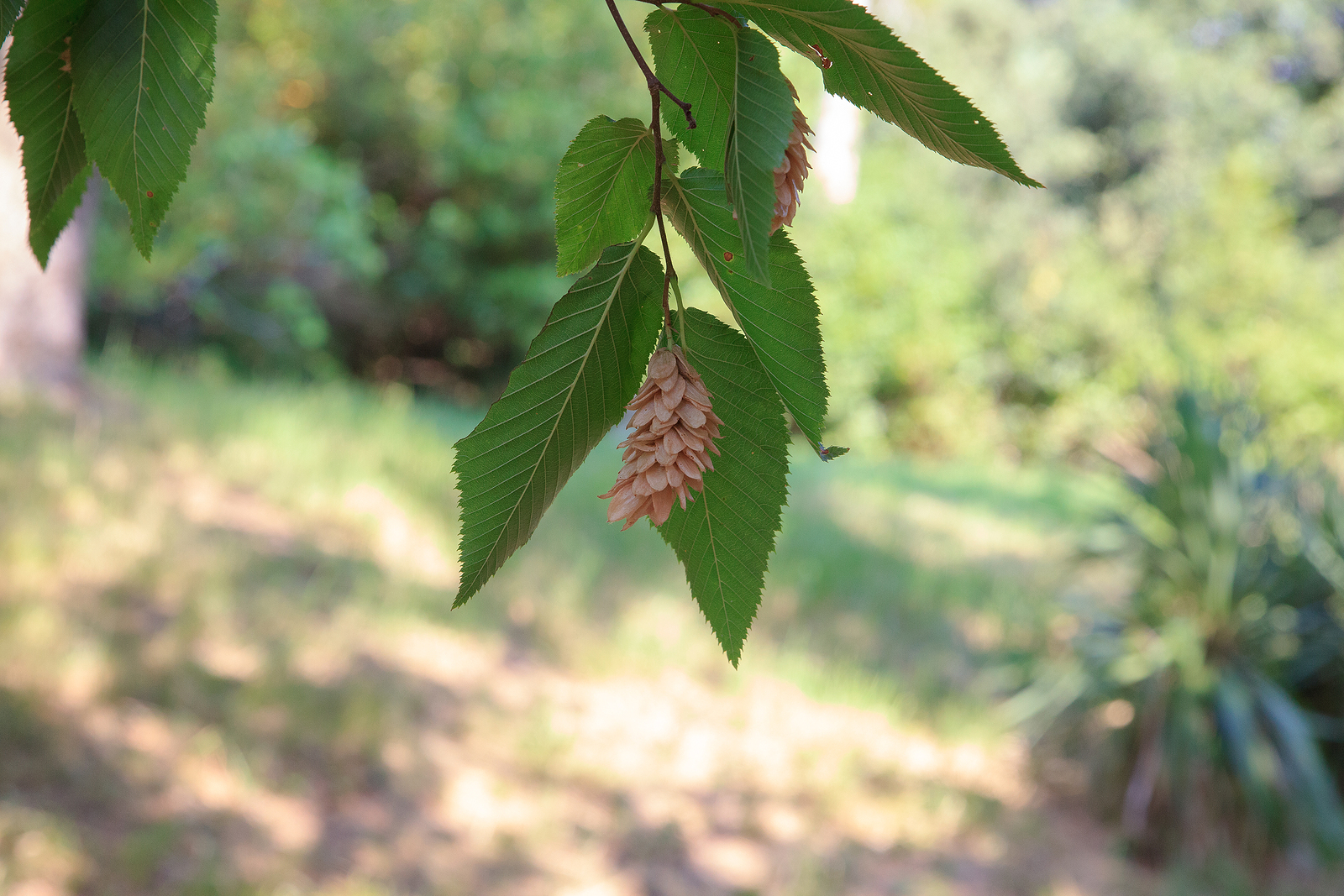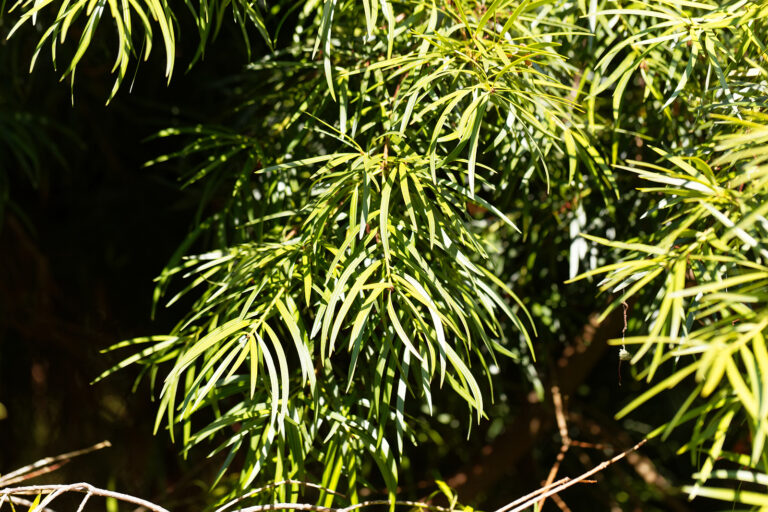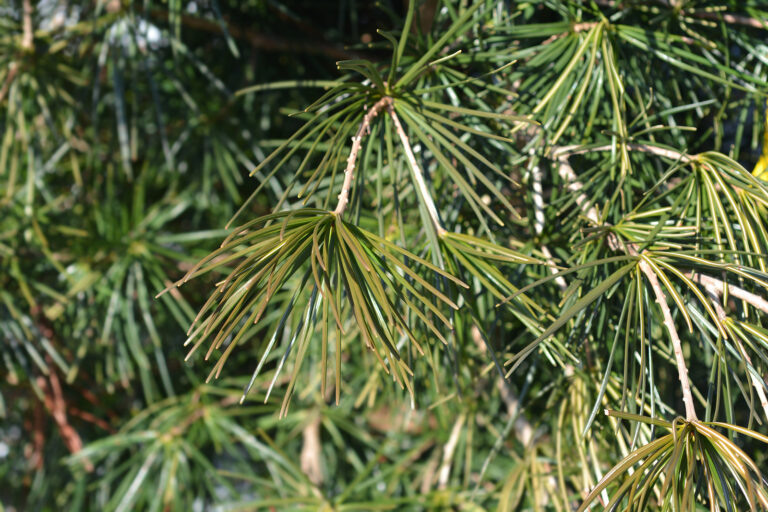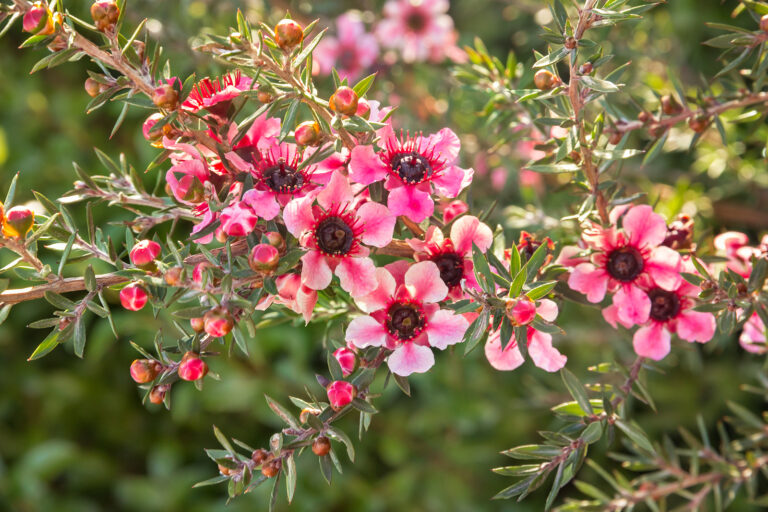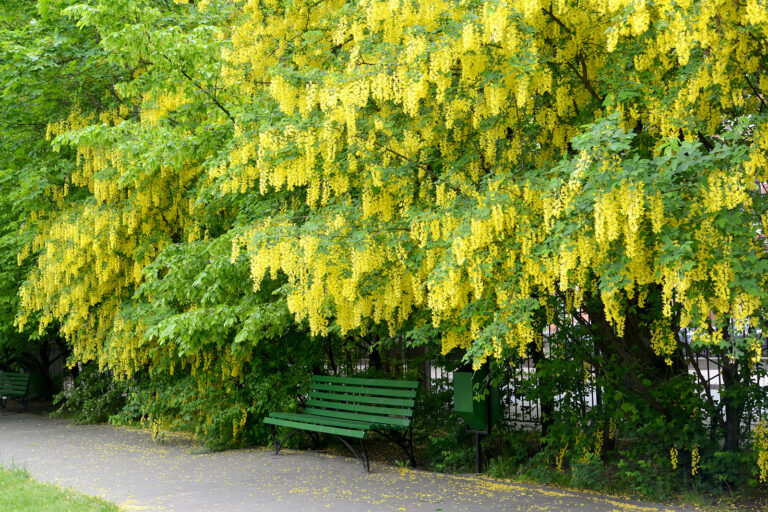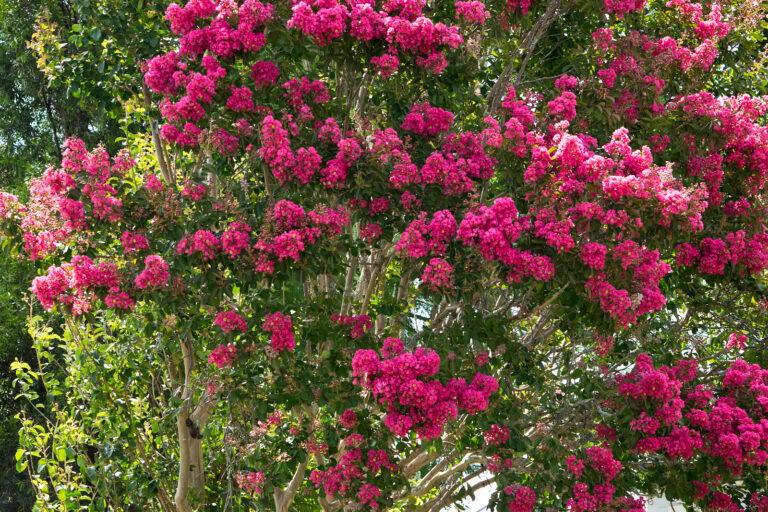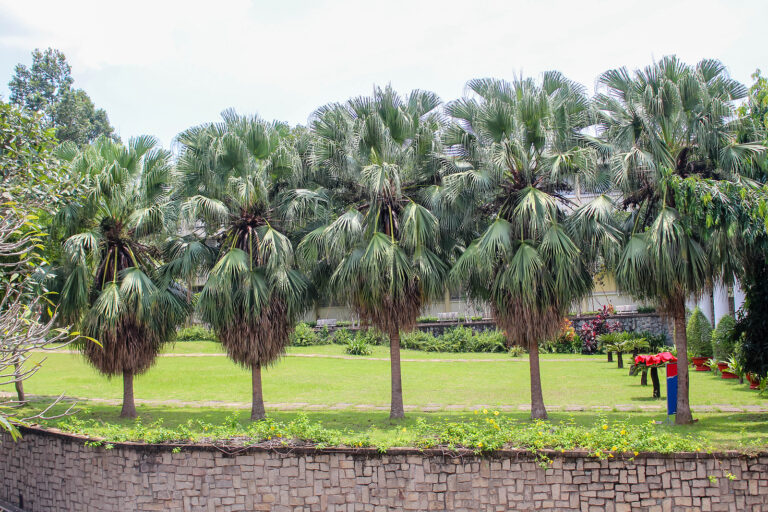How to Grow American Hop Hornbeam – Ostrya
American Hop Hornbeam, botanical name Ostrya, is small to a medium-sized deciduous tree that belongs to the Birch Family.
Hop Hornbeam is very slow growing but worth considering as an ornamental especially for dry places. It has bright green attractive oval or lance-shaped leaves turning yellow in fall. There are male and female catkins on the same tree
Hop Hornbeam is a good choice for a shady garden. It adapts to almost any soil except for wet sites. It can tolerate drought and urban conditions
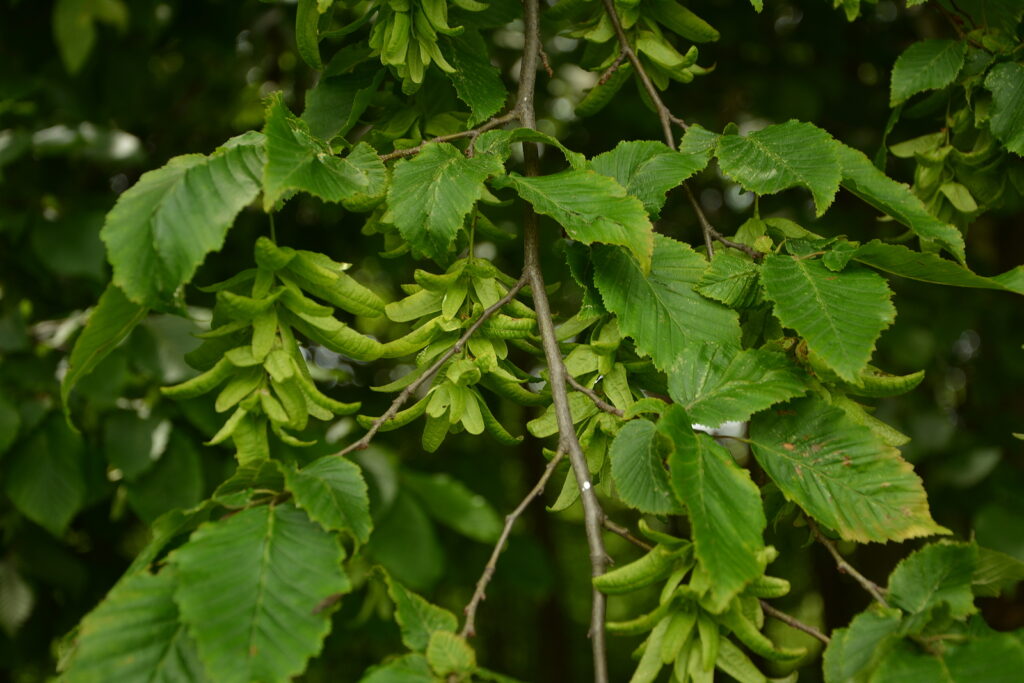
Get to know American Hop Hornbeam
- Plant type: Deciduous tree
- Growing Zones and range: 4-9
- Hardiness: Hardy
- Height and spread: To 40 feet (12m) tall and 30 feet (9m) wide; slow growing; graceful horizontal or drooping branches; a rounded form
- Foliage: Alternate simple leaves
- Flowers: Inconspicuous greenish-catkins
- Bloom time: Early spring
- Uses: Specimen, street tree, good choice where other plants will not grow
- Botanical name: Ostrya virginiana
- Common name: American Hop Hornbeam, ironwood
- Origin: North and Central America, Europe, Asia
Where to plant American Hop Hornbeam
- Grow hornbeam in full sun or partial shade.
- Grow hop hornbeam in almost any soil except wet soil
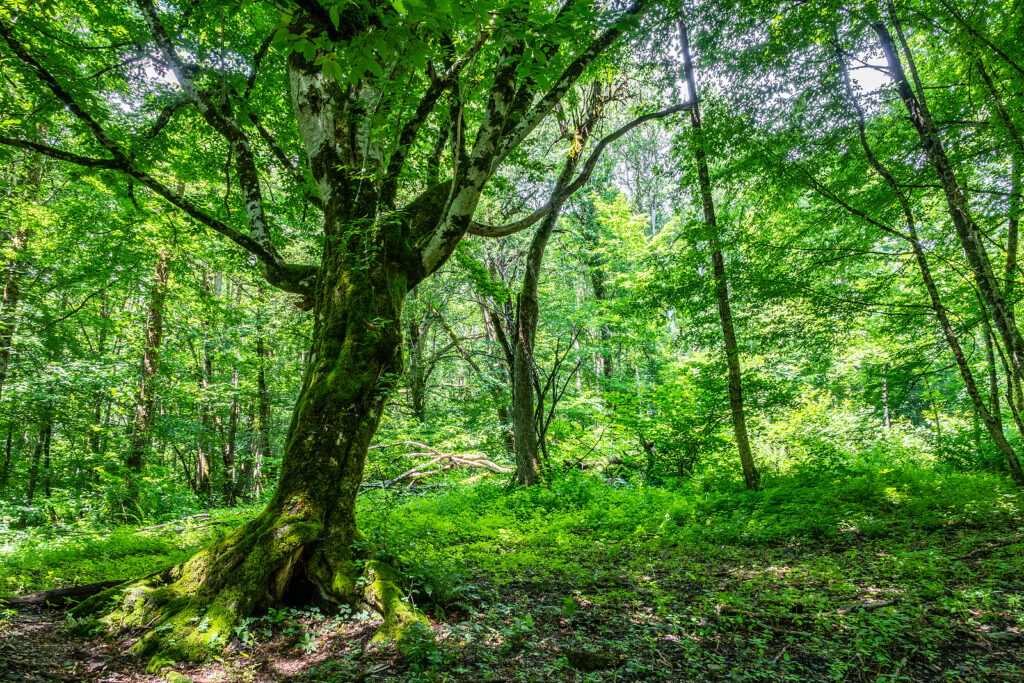
When to plant American Hop Hornbeam
- Transplant balled-and-burlapped or container-grown hornbeam in spring.
- Hornbeam is difficult to transplant and slow to establish.
Planting and spacing American Hop Hornbeam
- Space hop hornbeam 30 to 40 feet apart.
How to water and feed American Hop Hornbeam
- Keep the soil evenly moist; established trees can tolerate drought.
- Fertilize with aged compost spread to the dripline at least once a year.
American Hop Hornbeam care
- Mulch with aged compost to conserve soil moisture.
- Difficult to transplant so choose small container-grown trees for transplanting.
American Hop Hornbeam common problems
- Hornbeam can be attacked by canker, dieback, powdery mildew, leaf curl, leaf spot, and scale insects.
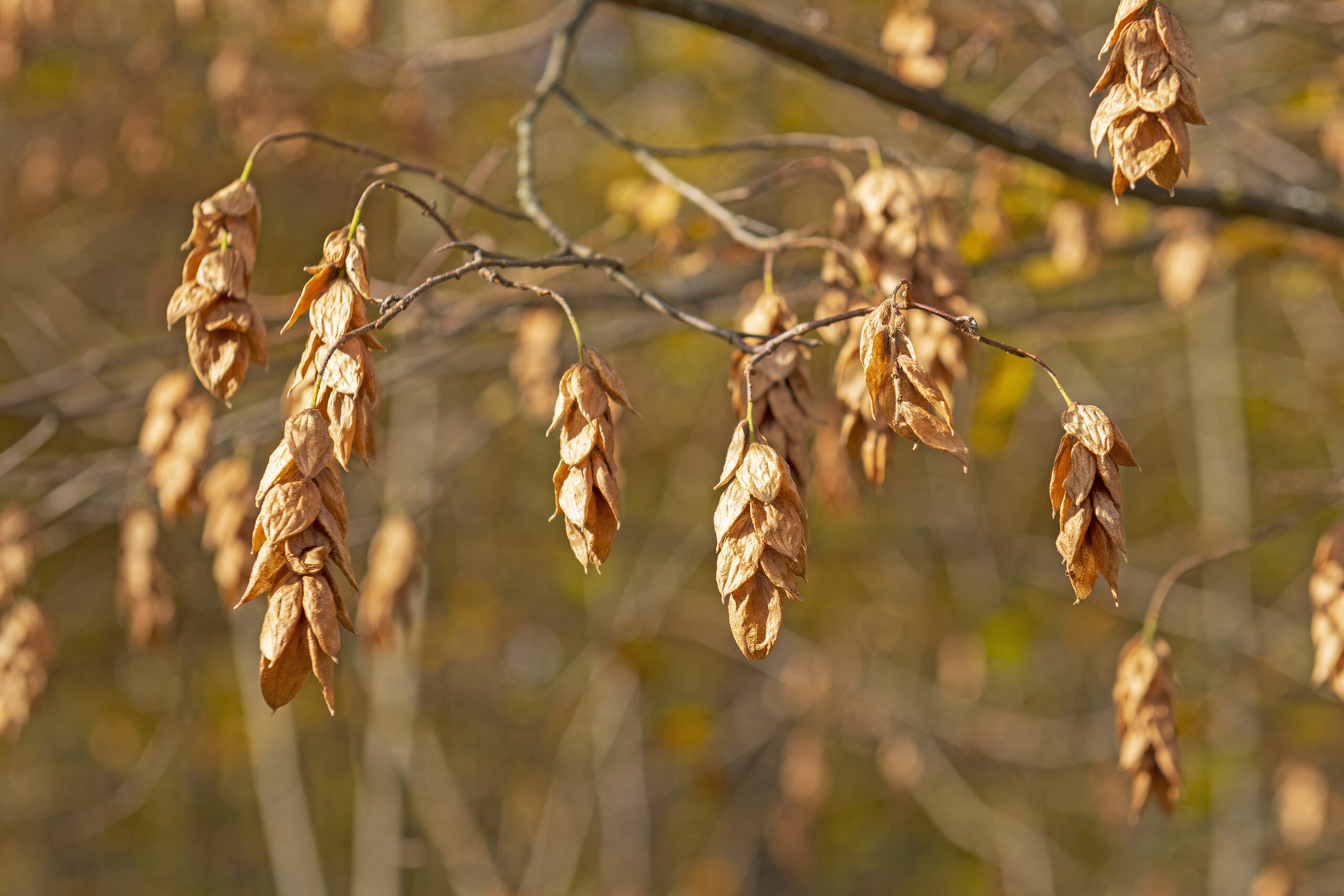
American Hop Hornbeam propagation
- Sow seed when ripe in fall.
American Hop Hornbeam varieties to grow
- Ostrya carpinifolia, European hop hornbeam, is hardy to Zone 5 and is nearly identical to the American species.
- O. virginiana, American hop hornbeam, ironwood: Grows 30 to 40 feet tall and even wider; forms a strong central leader; 5-inch long toothed leaves are light green turn and yellow in autumn; pale green clusters of hoplike, capsules hang from the tree in summer; extremely hardwood; Zones 3 to 9.

